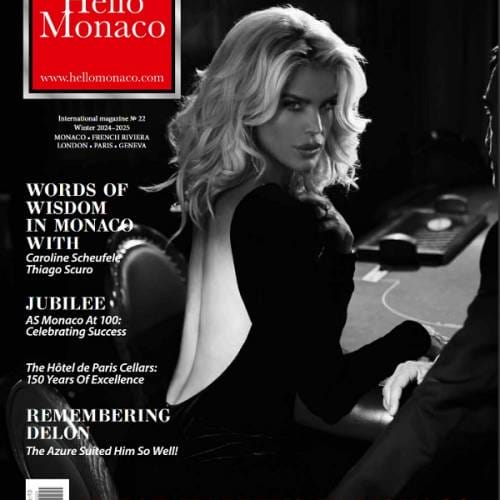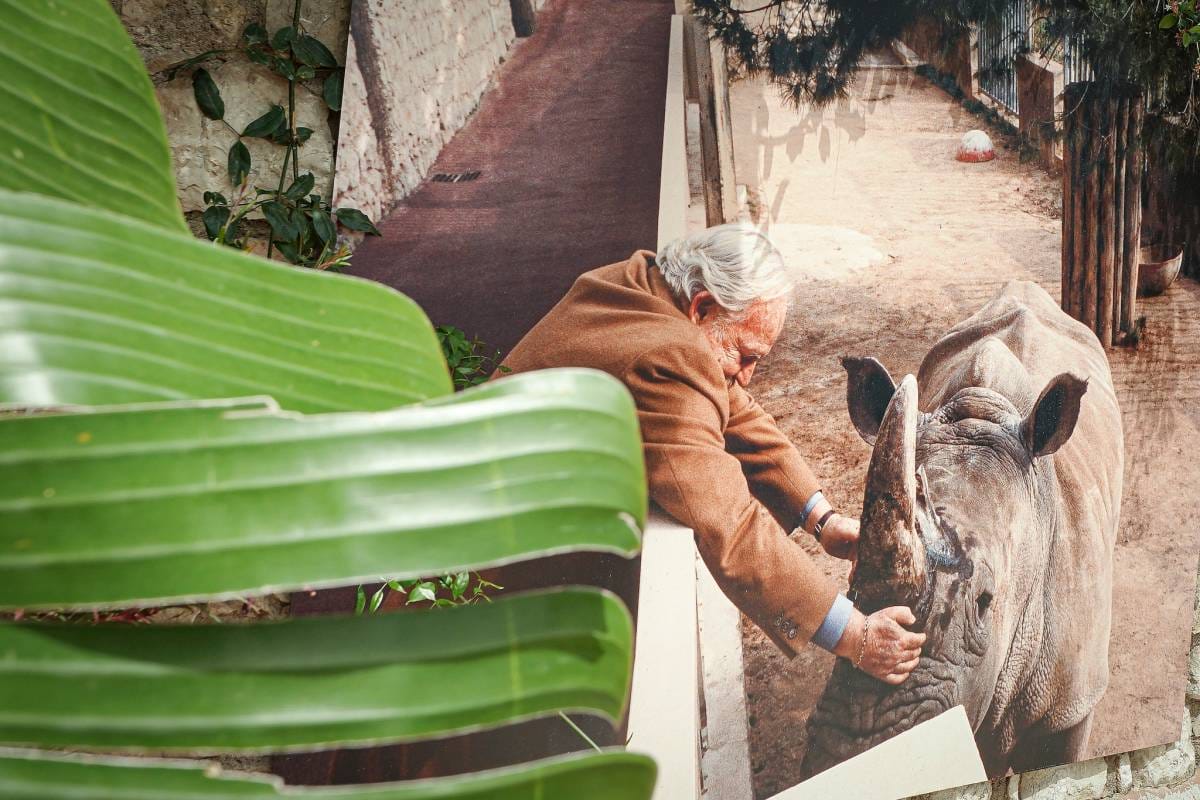This article is part of the HelloMonaco series devoted to the historical and alluring sculptures that adorn the gardens and pedestrian areas in Monaco. We’ve already strolled among Fontveille sculptures and now we invite you to join us in another pleasant walk. This time we will be exploring the Condamine quarter, discovering the art that is nestled in the side streets of this residential area dotted with cafés and boutiques. Sculptures that you may not have noticed before, walking straight past these unique pieces made by admirable sculptures and laden with history and meaning.

One of the first sculptures you notice as you enter the Condamine area at the beginning of Port Hercule near La Rascasse is a statue of a driver and his race car. You’ve surely seen this sculpture while you waited for the bus on the port or driven past it countless times since it was inaugurated by S.A.S. Prince Albert in May 2003. The piece is a representation of the legendary Formula One racing champion Juan Manuel Fangio standing by a Mercedes-Benz W196 Silver Arrow race car. He was an accomplished Argentinian driver who always had a passion for cars, studying auto-mechanics at an early age. Throughout his career he won the Formula 1 World Championship five different times, including the 13th Monaco Grand Prix and the European Grand Prix in 1955, making it onto the F1 Hall of Fame. He lived a successful life and past away in 1995 at age 84 in his country of birth, Argentina.
This iconic art piece was created by Joaquim Rosi Sabaté, a Spanish sculptor who is now 81 years old, who attended the School of Fine Arts of Sant Jordi and later resided in Italy for some time. His works consist of both iron and stone, specializing in busts he has worked for individuals as well as official bodies – most of his creations can be found in Barcelona. Surely inspired by the racing champion Juan M. Fangio, Sabaté has made six statues of the driver throughout his life, which can now be found all over the world not only in Monaco but also in Spain, Germany and Italy.

As you walk past Théâtre des Variétés you might notice a sculpture of an older man lounging happily on a chair as he smokes a cigarette. This bronze creation was made by a Hungarian sculptor, Lajos Barta (1899 – 1986), in 1972 and was modelled after the Italian film producer and philanthropist Cino Del Duca. He was a very successful producer, who made a fortune in the French publishing business – when he died in 1967 he was buried at the historical Père Lachaise Cemetery in Paris.

The sculptor Barta studied at the School of Applied Arts in Budapest and travelled the world to exhibit his pieces, notably to Vienna, Milan and Paris before he finally settled down in Germany. Throughout the years his style gradually changed from figurative to abstract designs and interestingly he was part of the avant-garde movement, experimenting with new forms of creating. Stepping closer to his sculpture you may detect a slight green hue on the structure itself; this is called green patina, a thin layer that forms on the surface of metals such as bronze during oxidation and can prevent corrosion. It fits perfectly by the entrance of the theatre in Monaco where so many old and new films are shown, closely relating to the theme of film production.

The next sculpture is tucked away in a square in the Condamine but is hard to miss! The giant bronze creation “L’Hyme à la Vie” (Hymn to Life) is an impressive piece by Croatian-born French sculptor Matéo Mornar, created in 2010 especially for the artists’ exhibit at the Fairmont Hotel. Mornar specializes in contemporary art and graduated top of his class from ESAM Paris School of Modern Art – as a child he often visited the Louvre Museum where he nurtured his artistic passion.The sculptor often portrays the women’s body in his art, as it is a form he cherishes and respects infinitely. Mornar actually lives in Monaco; he has his own gallery here on Quai Albert 1er since 2013 and also works with the Prince Albert II Foundation, giving a percentage of his artistic earnings to the group.
One wonders the meaning behind his unique and unusual Monegasque sculpture that depicts a lion-headed man lying down with a half mermaid-half snake woman resting between his legs. The piece also includes a golden apple, usually held by the woman that however has been removed while it is on public display. Some believe that it symbolizes the unity of the species; whether animal or human, we share a basic need for respect, understanding and freedom despite our differences. It is also a little reminiscent of the Beauty and the Beast. The symbolic 2-ton sculpture is one of a kind, with an estimated value that ranges from 1.5 to 2 million euros it took 2 years to complete – 8000 scales were placed on the woman’s snake body!








